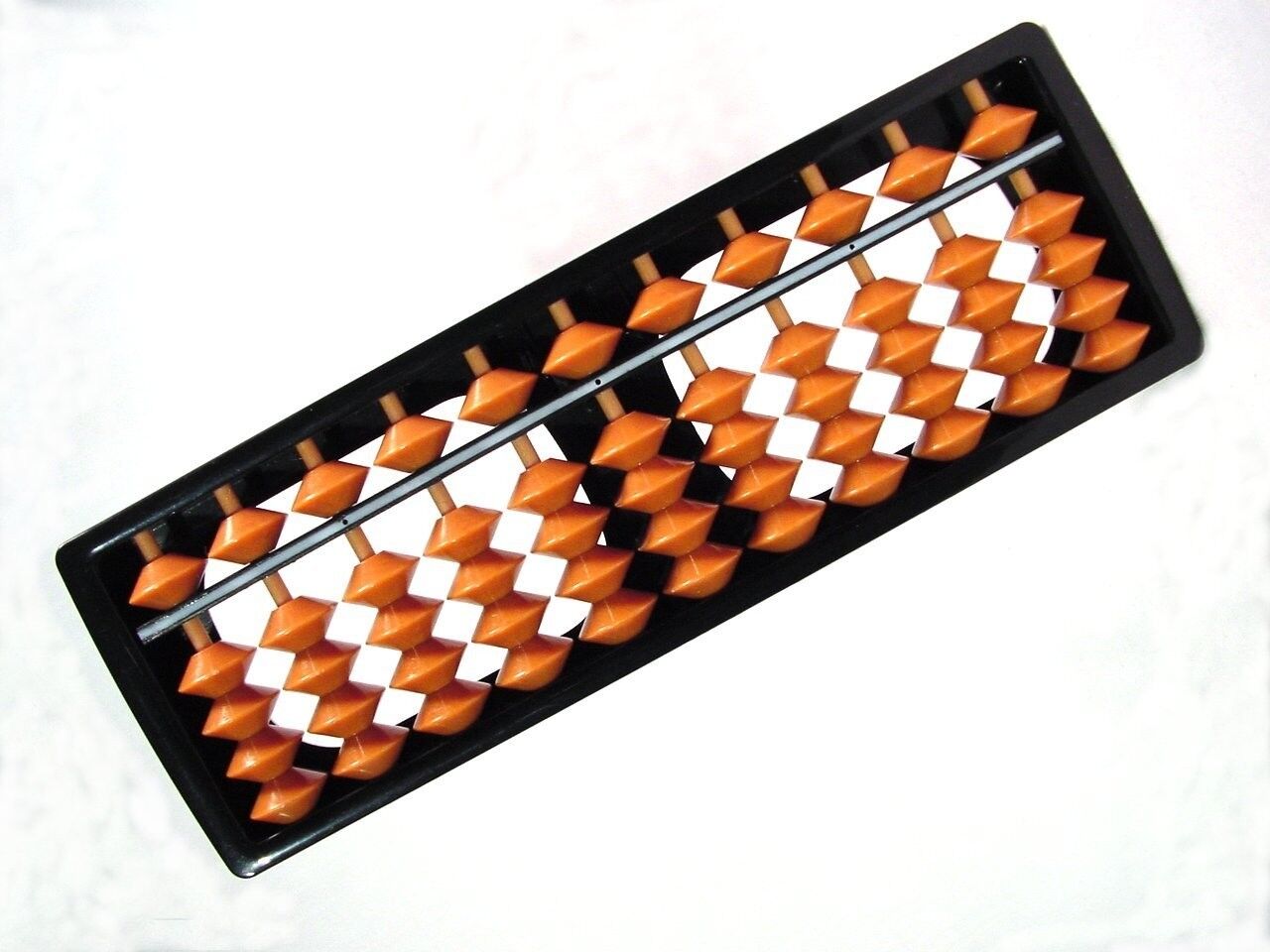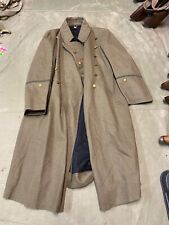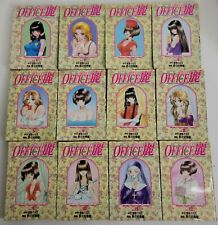Japanese Office Abacus Soroban Visual Math School Learning Aid Tool 11 Digits For Sale

When you click on links to various merchants on this site and make a purchase, this can result in this site earning a commission. Affiliate programs and affiliations include, but are not limited to, the eBay Partner Network.
Japanese Office Abacus Soroban Visual Math School Learning Aid Tool 11 Digits:
$9.95
Japanese Office Abacus Soroban Visual Math School Learning Aid Tool 11 DigitsDETAILS OF ITEM
This piece measures 7 inches long by 2.38 inches wide by 0.75 inches thick. Soroban or an abacus is a type of calculator used in banks, businesses and at homes for over 450 years in Japan. Encased in a strong durable frame and suspended with rods, the top beads represent fives and bottom beads represent ones. Each column represents a decimal point giving the total of an 11 digit number and beads are counted by sliding them on the rods.
When one of the columns is set as the ones column, in this case the 4th column from the right, the next adjacent to the left becomes the tens column, then hundreds, thousands, ten thousands and so on. The decimal fraction can be displayed on the right side of the ones column as well.
In Japan, the art of using the abacus has been carefully cultivated. In 1928, the Japanese Chamber of Commerce and Industry established standardized abacus examinations and many millions of people had been participating to take the test to be certified. Although computers now carry out complex calculations, abacus is still used in offices, shops alongside computers and electronic calculators even today.
Abacus is also a very useful tool in general mathematics education because of its concrete visible display of numbers by beads that enable students to grasp of numbers, particularly in understanding place value. As a math tool, abacus has been continuously used by the blind and visually impaired in Japan since the first school for the blind was established late in the 19th century.
The earlier prototype abacus consists of a rectangular wooden frame divided into two parts by a beam, with two rows of 5- beads in the upper deck instead of one bead and five 1-beads in the lower deck called the Mutsudama type Soroban. This is probably close to the original style when abacus came from China and this was because the Chinese unit of weight was base sixteen count, 15 numbers (two 5- beads plus five 1- beads) in each column were needed.
This style was slightly modified in the early Meiji Period (1868-1912) and replaced by only one 5-bead in the upper deck, called the Itsutsudama Soroban. Most people had switched to this style from the older Chinese style by around the 1880. In the 1930\'s, yet another modification was implemented by reducing the lower deck to just four 1-beads, called the Yotsudama Soroban like this piece. This was because one 5-bead and four 1-beads were considered sufficient to do all the calculations.
When primary school textbooks were revised in 1935, the four-beaded Yotsudama Soroban became the standard. This is a brand new piece and the condition is excellent. It would make a great gift for that budding mathematician or the collector of primitive manual calculators.

Related Items:
Japanese Office Abacus Soroban Visual Math School Learning Aid Tool 11 Digits
$9.95
ORIGINAL WWII IJA JAPANESE ARMY OFFICER OVERCOAT GREAT COAT
$319.96
Office Shonen Magazine Comics Japanese Manga Volume 1-12
$262.50



